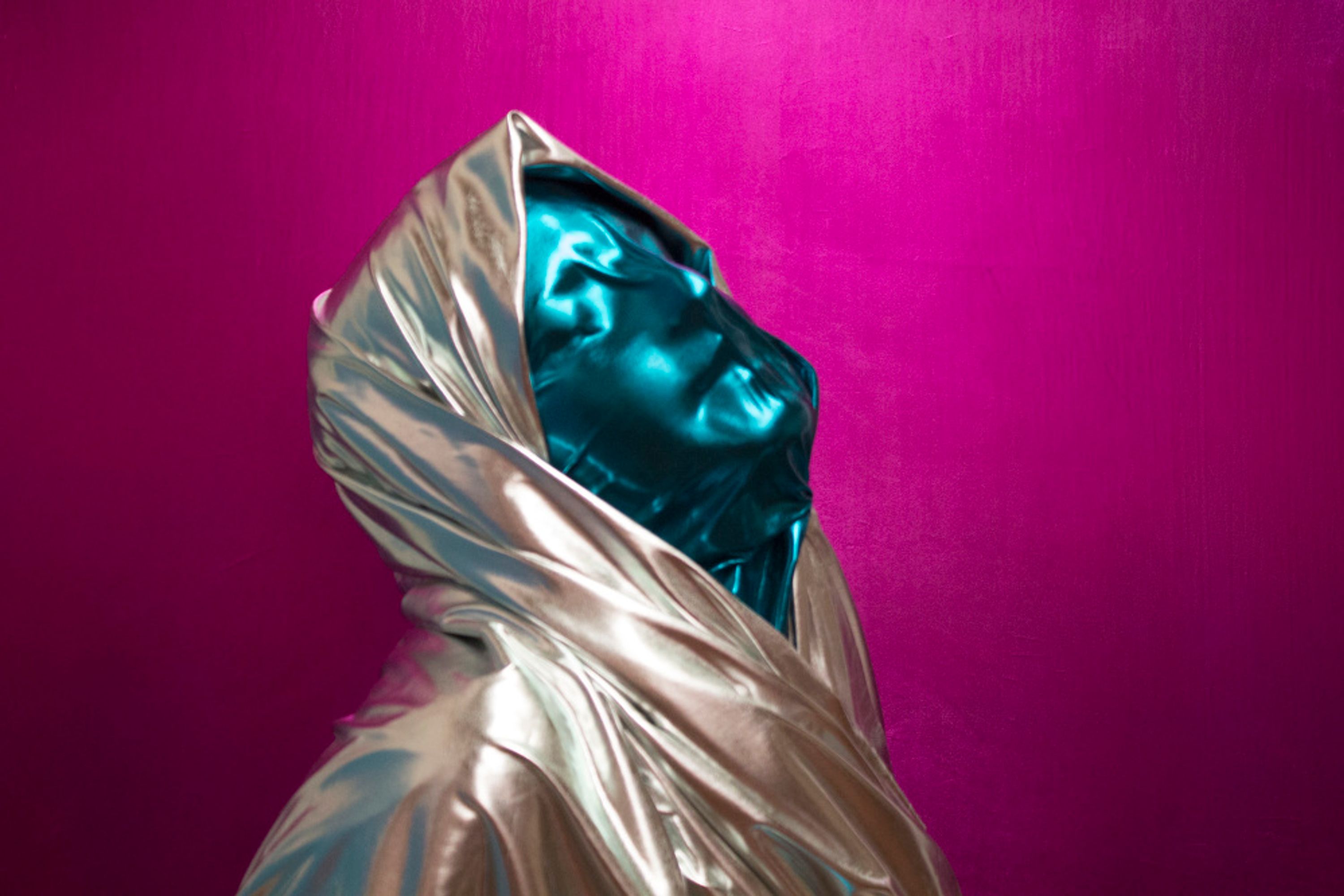My name is...Photo Series
20188 Artworks
Hawa', 2018
My name is... postulates a her-story, a narrative in which women would have equally formed the fabric of our religious, cultural and cosmic narratives.
Mariam is the only woman mentioned in the Qur’an, by name. Throughout history, scholars and lawmakers have continuously interpreted and reinterpreted the other women, the anonymous women, presented in the Qur’an, through patriarchal ideology and the historical context of their times. Women, such as Belquis, Khadija, Fatima, Amsura, Wa’ila, Hawwa, Safura and Asiyah whose greatest virtues were as secondary characters and who were referenced only as the mothers, the wives, the daughters and followers of our beloved male prophets. By the use of these reductionist labels, women have, in turn, been confined to these roles, only, and remained this way for centuries to come. However, is it perhaps interpretation and choice of language that has been manipulated to lead one to believe that the word “prophet,” نبي (roman: nabi), is only a masculine one? What if Mariam, was indeed a نبية (roman: nabia)? Is it possible that these women were greater, more powerful and more threatening to the sustainability of the dominant patriarchal society?
It is not only in Islam that we see this. In Christianity too, where Mary’s role is incredibly significant, her legacy suffers. In fact, the two most common depictions of women in Christian Medieval art are the Virgin Mary and Mary Magdalene. The former was a saint and the latter, an adulteress and sinner. Could we imagine, that they are one in the same? Centuries onward women would struggle with these dichotomous depictions and would eventually have to carve out their place in the void between or beyond the two. Since then, women have had to confront these categorizations and create their identities within the confines of these narratives breaking the threshold of the passive and the active.
The auto-portraits challenges said narratives and proposes an edit. As a woman who is a product of Muslim and Jewish narratives, she reflects herself in the image of the women who were left anonymous, putting a spotlight on their place on the stage as the protagonists of today.
Through this performative act, this body of works questions the viewer on how the existence of women today be different had the stories of these women been woven into the stories in which we base our values, morals and beliefs? If the archetype of pure and good is male, then where does that leave the female? Impure and evil? Or simply complex and misunderstood? To have no stage means to have no voice, no presence and no story. How would society have been different if it was with the voice of a woman that we would be called the athan, the call for prayer? Or if women could take the leadership roles as imams? Or if it were women who could also give out fatwa, judgements? Dare we look at ourselves as the protagonist in our stories, our communities and our own lives?
This series is dedicated to those, who regardless of their restraints, push to break them.

